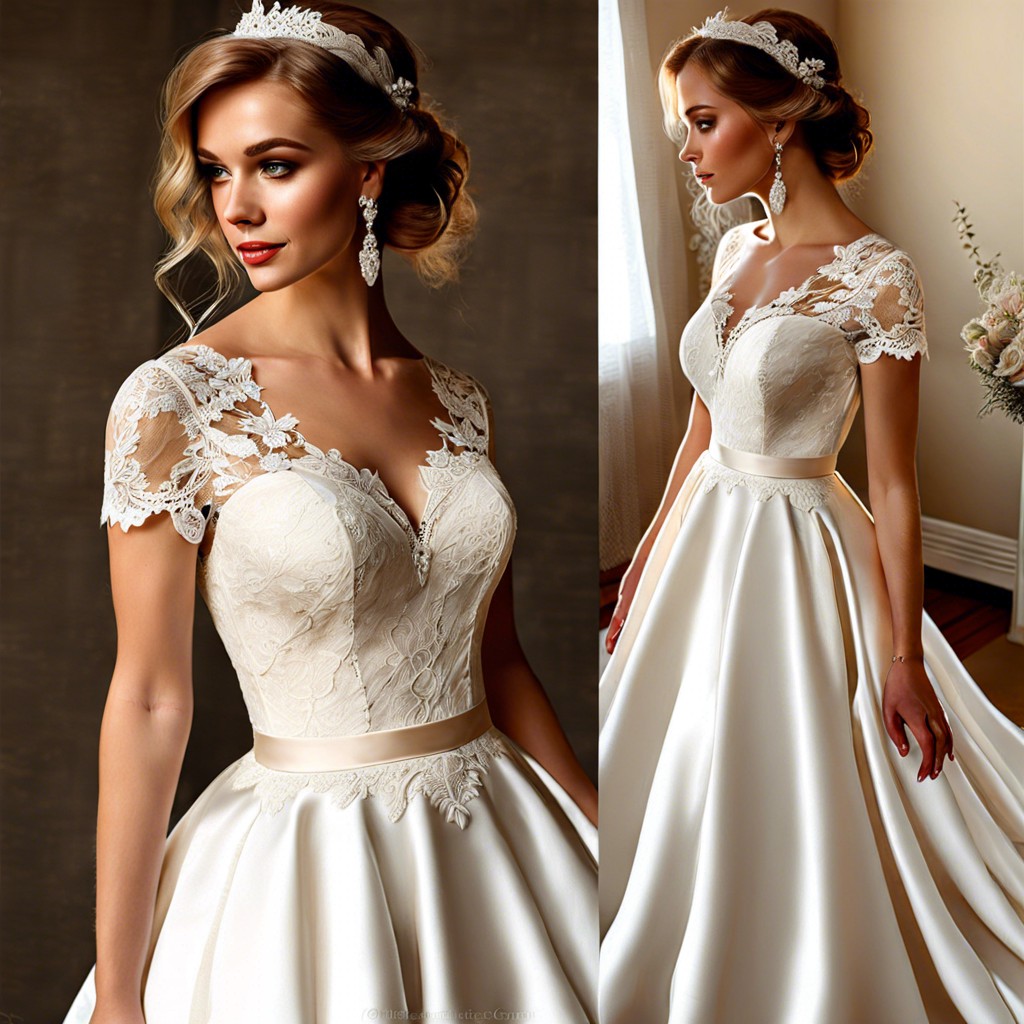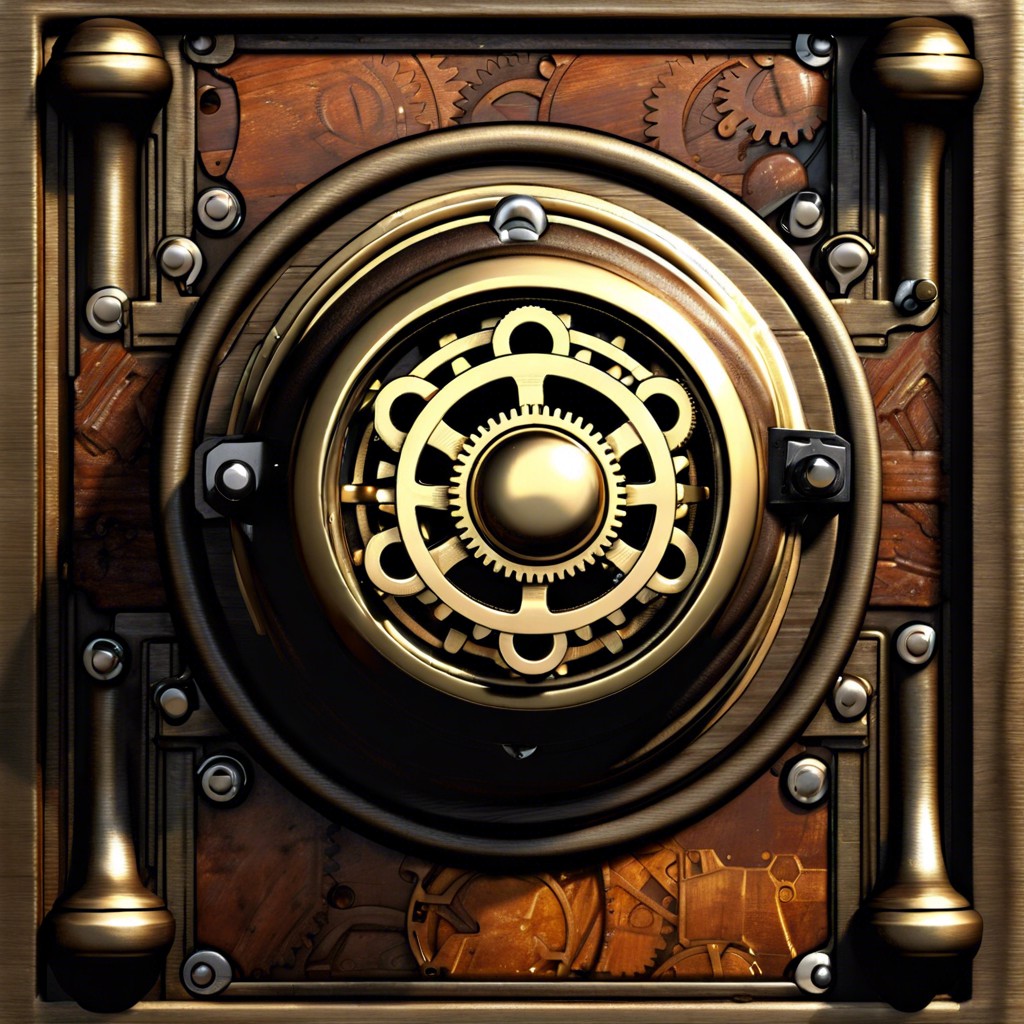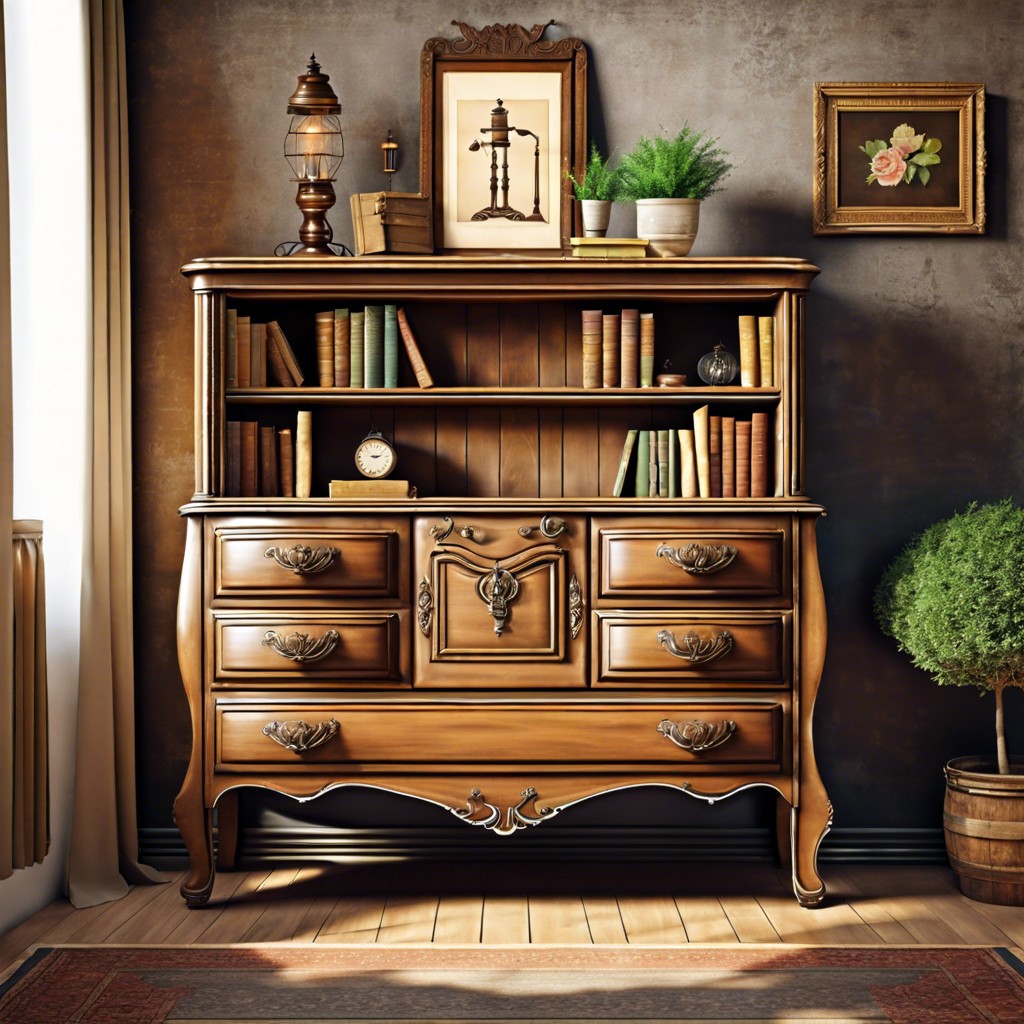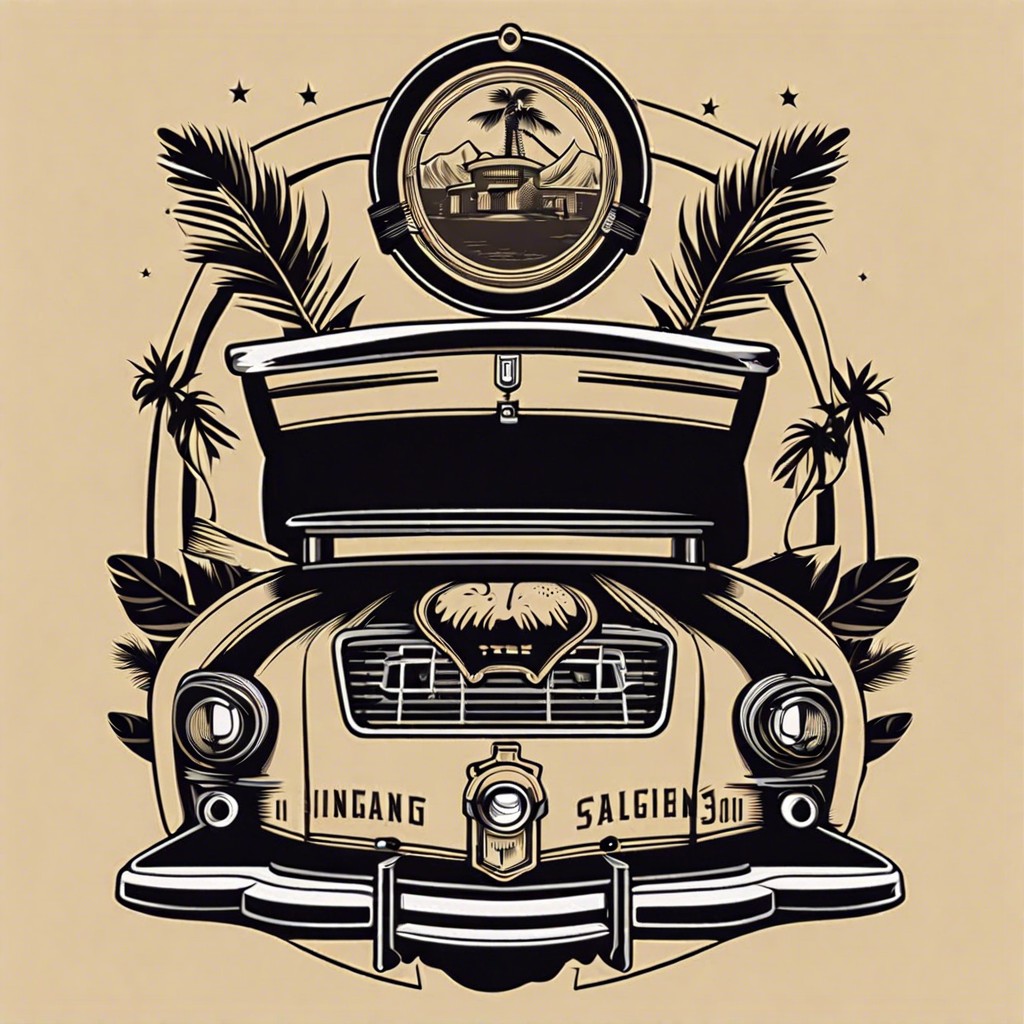Last updated on
Learn how to choose the perfect vintage floor lamp to complement your decor style and lighting needs.
Key takeaways:
- Vintage floor lamps reflect historical and cultural shifts in design.
- Types include torchiere, Art Deco, pharmacy, and bridge arm lamps.
- Key details for identifying authentic vintage lamps: materials, wiring, markings, craftsmanship.
- Regular cleaning, electrical maintenance, proper handling, and using the correct bulbs are important for upkeep.
- Find vintage floor lamps at local antique shops, online marketplaces, auction houses, and specialized dealers or forums.
History of Vintage Floor Lamps
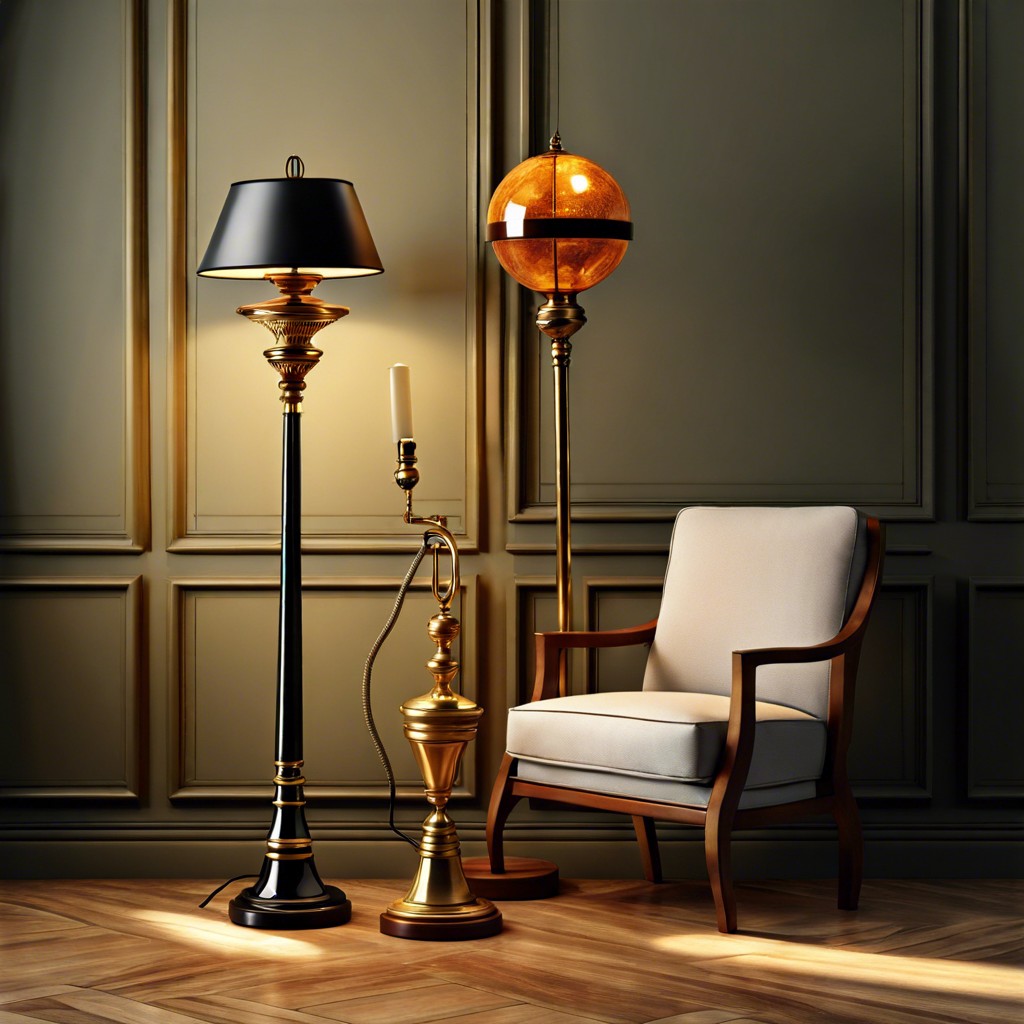
The journey of floor lamps begins in the late 19th century with the Victorian era’s love for intricate designs. Initially, these were candelabra-style fixtures adapted to hold new electric light bulbs. By the 1920s and 1930s, Art Deco influenced floor lamps, introducing geometric shapes and bold lines. Mid-century modern designs of the 1950s and 1960s brought minimalist styles with sleek, clean lines and functionality at their core. Each era left behind fascinating pieces that reflect the cultural and technological shifts of their time. Collectors and interior designers cherish these lamps for the historical value and aesthetic appeal they add to modern spaces.
Types of Vintage Floor Lamps
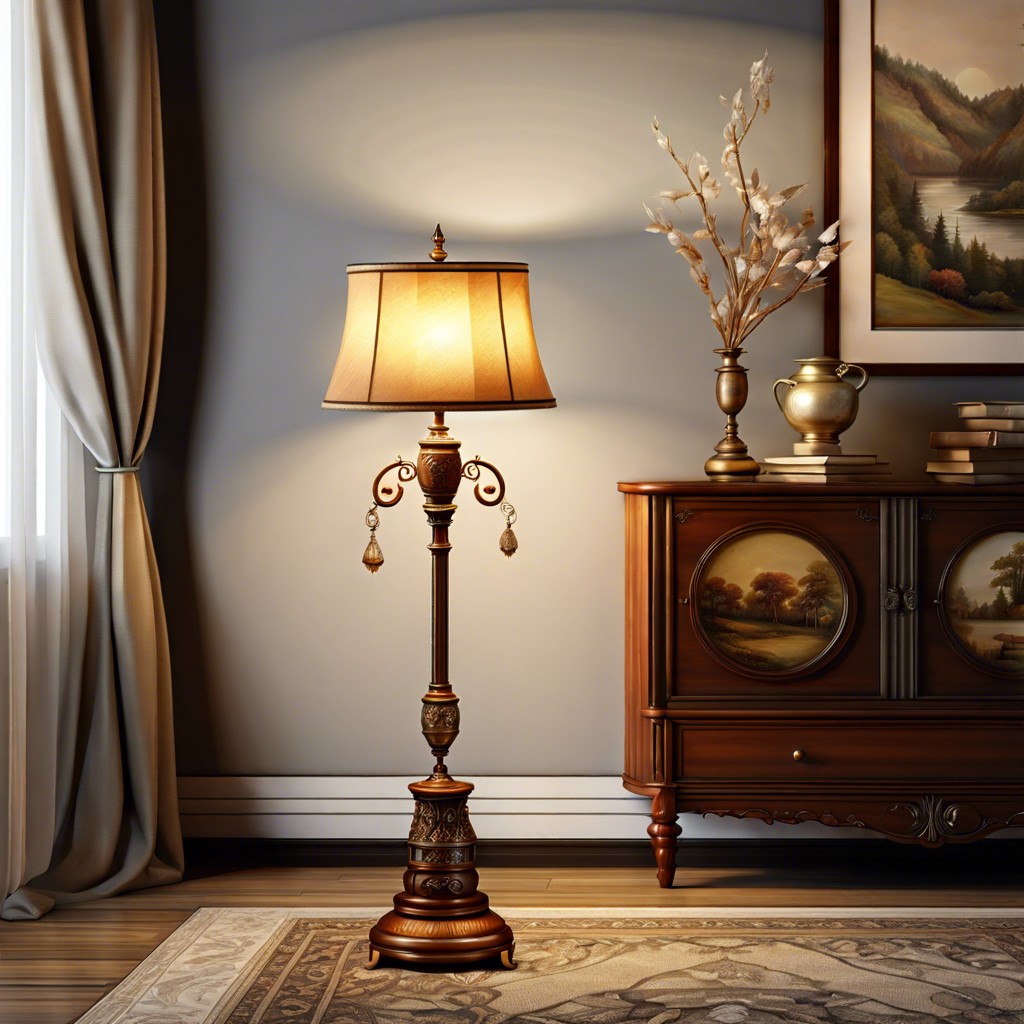
Torchiere lamps, recognized by their upward-facing shades, are ideal for general room illumination, adding a touch of elegance that catches the eye. Art Deco styles, known for geometric shapes and bold designs, often feature materials like chrome and glass, providing a sleek, refined look. Pharmacy lamps, typically adjustable, offer a more functional design geared toward reading or task lighting, often with a simple metal frame. Another fascinating variant is the bridge arm lamp, which has a curved arm extending from the pole and is typically paired with a decorative shade, perfect for cozy corners. Each type holds its own charm and can serve as both a light source and a standalone decorative piece in any room.
Identifying Authentic Vintage Floor Lamps
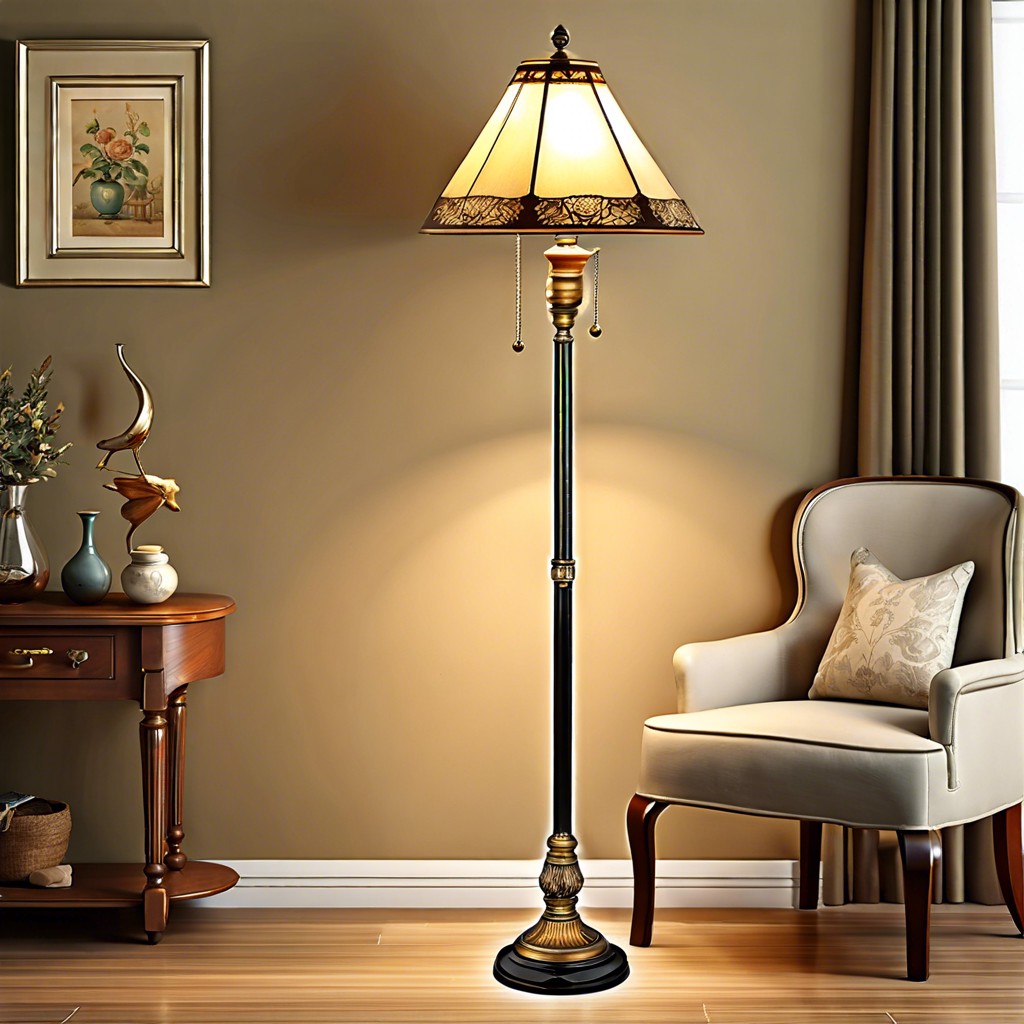
To ensure you’re getting a genuine vintage piece, pay close attention to a few critical details:
First, examine the materials used. Most vintage lamps were made from brass, iron, or wood, rather than modern plastics. The wear and patina on metal and wood can often give away their age.
Check the wiring and plug style. Vintage lamps usually have cloth-covered wires and old-fashioned plugs. However, remember that wires might have been replaced for safety, so this isn’t the only indicator.
Look for manufacturer stamps or markings. Most authentic vintage lamps have a maker’s mark somewhere on the base or inside the lampshade. Familiarize yourself with well-known manufacturers from your lamp’s era.
Inspect the style and craftsmanship. Vintage floor lamps have distinct styles characteristic of their manufacturing period, such as Art Deco or Mid-Century Modern. Authentic pieces usually show a higher level of craftsmanship compared to modern reproductions.
Maintenance Tips for Vintage Floor Lamps
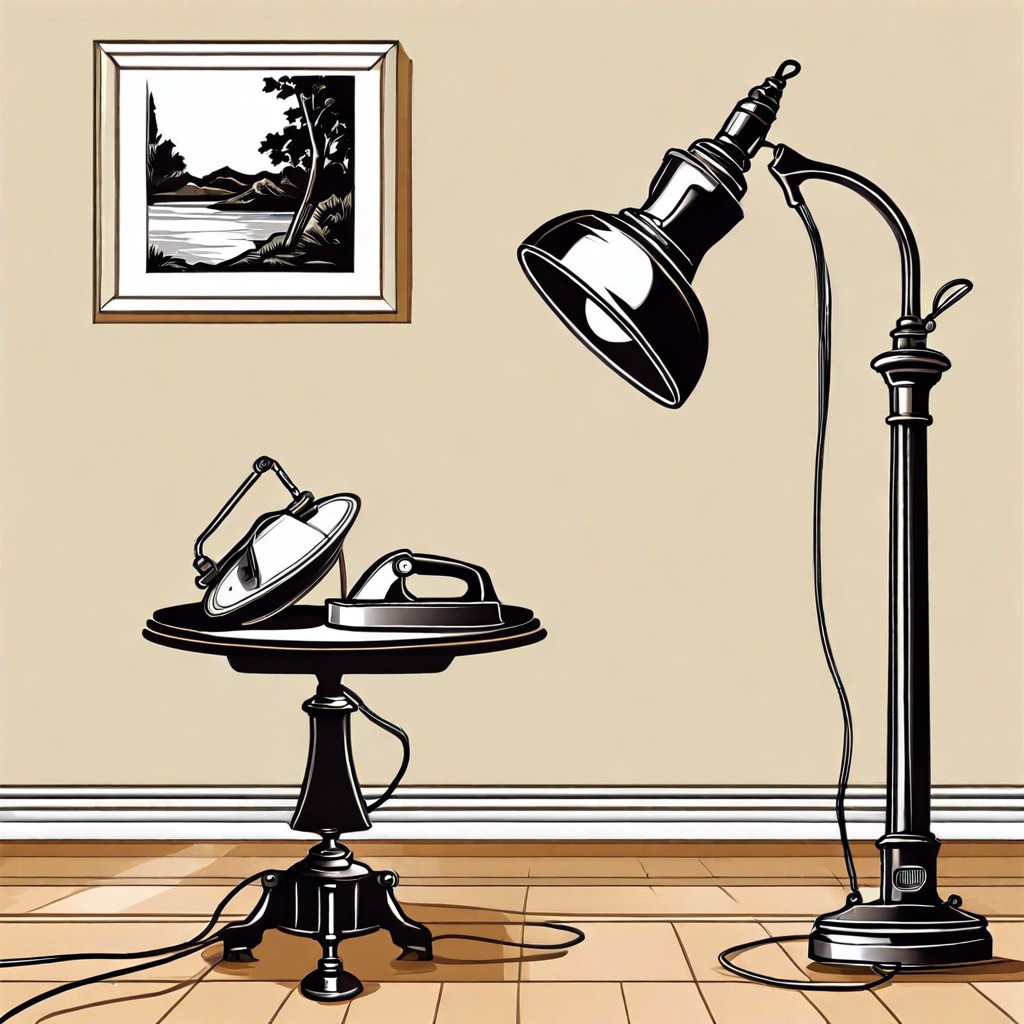
Regular cleaning is crucial to prevent dust and grime buildup. Use a soft, dry cloth to gently wipe down the lampshade and base. For deeper cleans, a slightly damp cloth may be used, but ensure the lamp is unplugged first.
Check electrical components periodically. Vintage lamps often have old wiring that may need to be replaced to meet modern safety standards. Consult with a professional electrician who has experience with antique fixtures to ensure safe operation.
Careful handling is essential. Many vintage lamps have delicate parts that are prone to damage if mishandled. Always lift the lamp by the base rather than the shade or post.
Use the correct bulbs. Vintage lamps were not designed to handle the heat output of modern bulbs. Check the lamp’s specifications for the maximum wattage and consider using LED bulbs that emit less heat and are more energy-efficient.
Protect from environmental damage. Keep lamps away from direct sunlight, high humidity, or areas with extreme temperature changes to avoid material degradation.
Where to Buy Vintage Floor Lamps
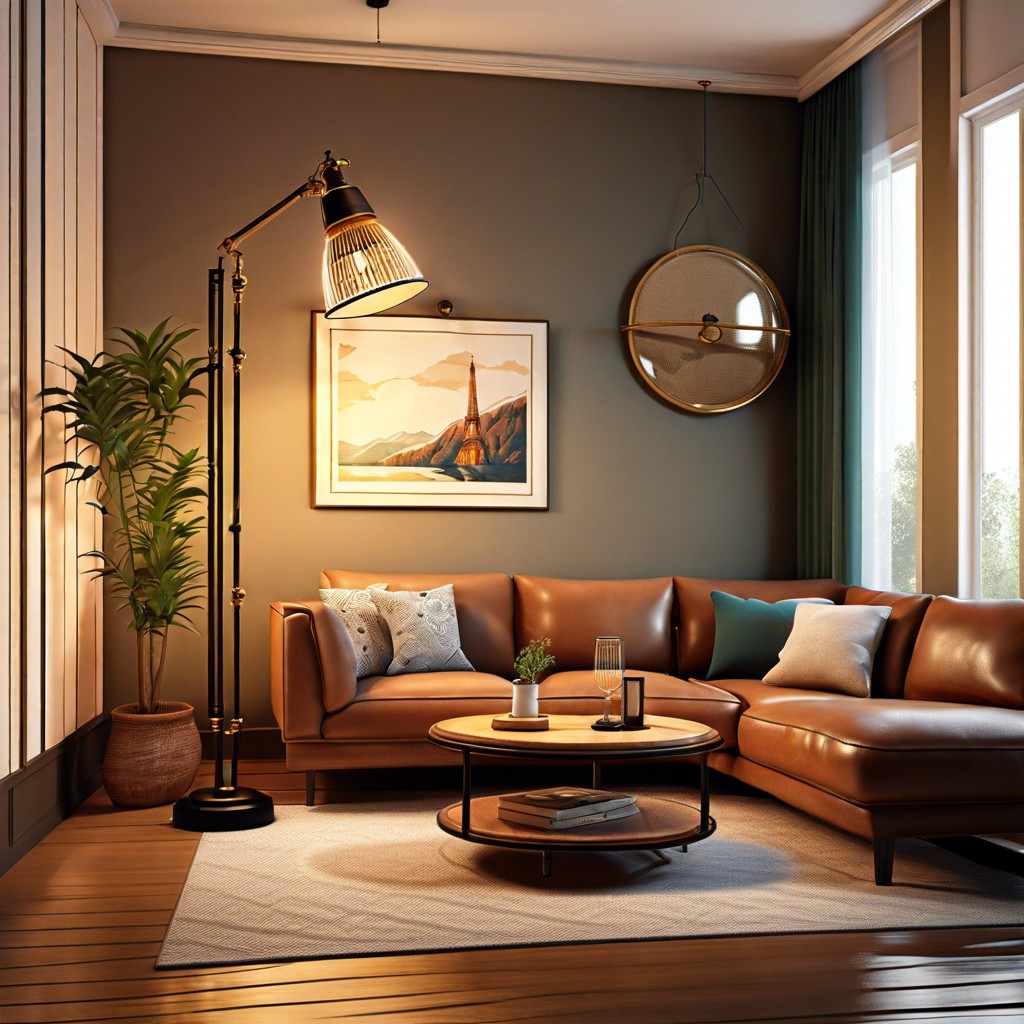
Exploring local antique shops offers the opportunity to closely inspect lamps and potentially negotiate prices. Antique malls and flea markets also serve as fruitful hunting grounds for diverse and sometimes surprisingly affordable options.
Online marketplaces like eBay, Etsy, and Ruby Lane are pivotal for a broader selection, especially if you’re looking for a specific style or era. These platforms provide access to sellers worldwide, though it’s important to factor in shipping costs and the risk of damage in transit.
Auction houses can be an excellent source, especially for rare and high-quality pieces. However, it’s wise to familiarize yourself with auction terms and conditions, and possibly even view items in person during pre-auction viewings if possible.
Lastly, consider reaching out to specialized dealers or forums where collectors and enthusiasts might offer leads or even items from their personal collections.

